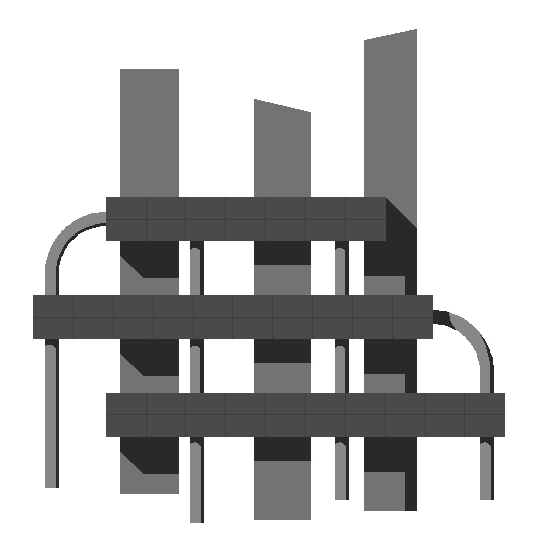|
Docente/i:
Luca Tartara
Denominazione del corso: Nonlinear optics
Codice del corso: 504996
Corso di laurea: Electronic Engineering
Sede: Pavia
Settore scientifico disciplinare: FIS/03
L'insegnamento è affine per: Electronic Engineering
Crediti formativi: CFU 6
Sito web del corso: n.d.
Obiettivi formativi specifici
The subject of the course is the description of nonlinear interaction of laser with matter aimed to the understanding of the working principles of integrated optical devices performing wavelength conversion, modulation, and logical functions. The applications of nonlinear optics to information technology, environmental monitoring, and biomedical sciences are also treated.
Programma del corso
Second-order nonlinear phenomena
Nonlinear propagation in the paraxial approximation. Phase-matching conditions. Second harmonic generation. Parametric amplification and oscillation. Wavelength conversion of ultrashort pulses: spectral acceptance, temporal walk-off. Materials for nonlinear optics. Phase-matching techniques.
Third-order nonlinear phenomena
Third harmonic generation. Optical Kerr effect, self focusing, self phase modulation. Four-wave mixing: wavelength conversion, optical phase conjugation.
Ultrashort pulses
Relation between pulsewidth and spectral bandwidth. Nonlinear propagation of ultrashort pulses in optical fibers. Temporal solitons. Measurement of pulsewidth via correlations.
Coherence and correlation
Classical definition of temporal and spatial coherence. Measurement techniques. Definition by Glauber: higher-order correlation functions. Heterodyne technique. Comparison between lasers and conventional light sources.
Spontaneous and stimulated light scattering
Static and dynamic Rayleigh scattering. Raman and Brillouin scattering. Scattering by Brownian and flowing particles. Doppler velocimetry. LIDAR techniques for environmental monitoring. Laser trapping. Biomedical applications. Stimulated Raman and Brillouin scattering. Raman amplifiers and oscillators. CARS technique.
Prerequisiti
Basics of electromagnetic theory and photonics
Tipologia delle attività formative
Lezioni (ore/anno in aula): 45
Esercitazioni (ore/anno in aula): 0
Attività pratiche (ore/anno in aula): 0
Materiale didattico consigliato
G. New. Introduction to Nonlinear Optics. Cambridge University Press, 2011.
R.W. Boyd. Nonlinear Optics. Academic Press, London, 2003.
A. Yariv. Quantum Electronics. Wiley, New York, 1989.
Modalità di verifica dell'apprendimento
Oral exam
|




![]()




![]()